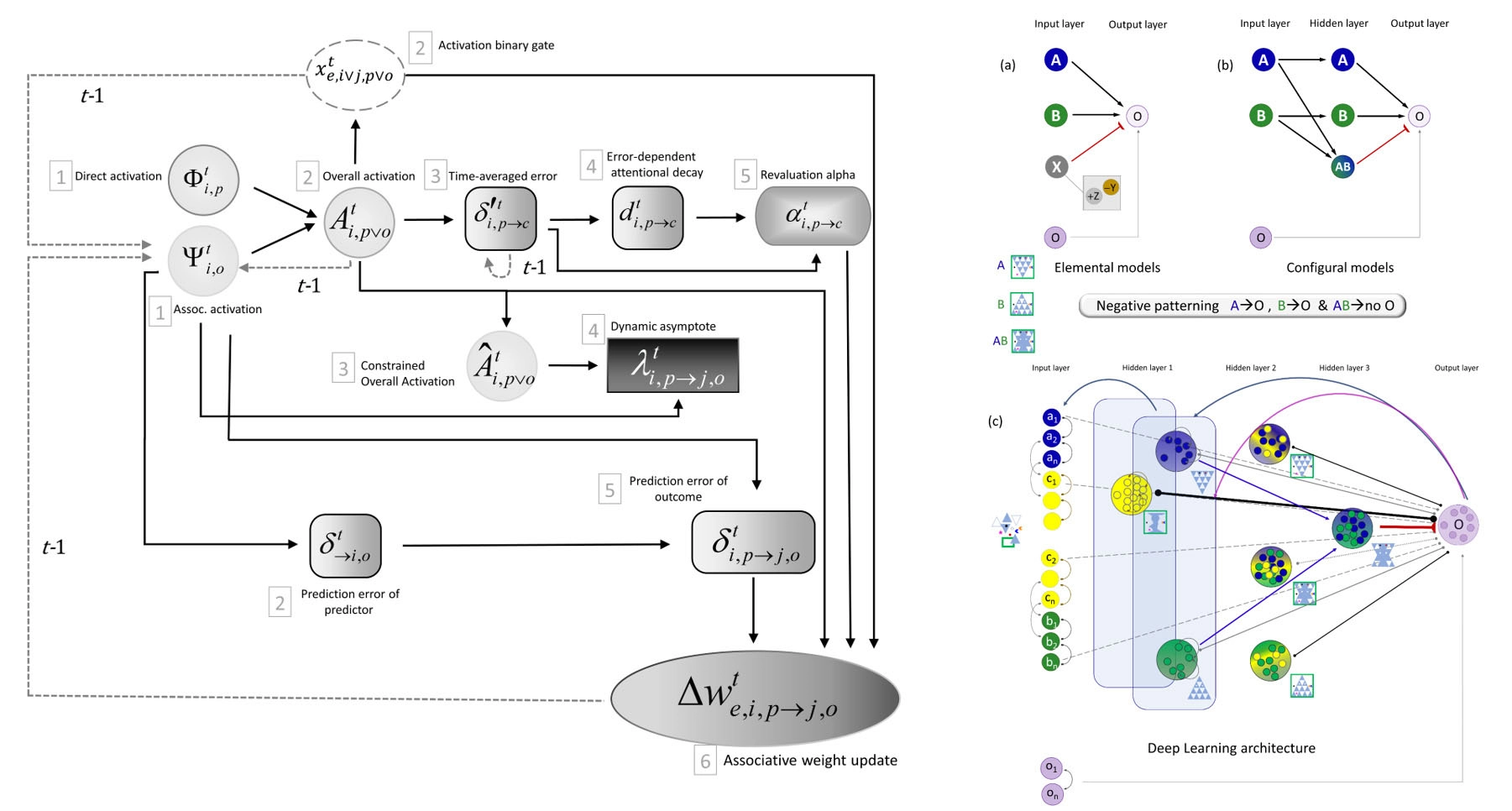Out-of-distribution generalisation in artificial agents
Generalisation from previous experiences is pervasive in the natural world; it is a given feature rather than a target. By generalising learning across domains, animals and human beings are capable of transferring knowledge and behaviour between comparable conditions and adapting to their environments efficiently. Despite advancements in AI, artificial agents lack this ability.
Generalisation is thought to be driven by extant environmental commonalities. Shared, mutual cues bridge the information acquired in one situation to another. In simple scenarios, mere sensory attributes carry on the necessary clues (stimulus generalisation). However, sensory features alone may not suffice and can lead to inadequate or dysfunctional use of information. Consequently, extracting complex human-pertinent information and suitable relational patterns capable of bearing forward structured resemblance across environments is cardinal to achieving real AGI. Effective adaptation demands more than passive reuse of data and calls for higher-level representations that abstract common sense conceptual knowledge upon which agents can reuse information and generate creative solutions.
We are interested in developing computational models that would allow artificial agents to come up with such a level of knowledge representations.

Featured publication:
Cătărău-Cotuțiu, C; Mondragón, E.; Alonso, E. (2022) AIGenC: AI generalisation via creativity. arXiv preprint arXiv:2205.09738, arXiv:2205.09738


